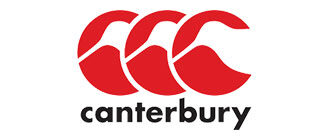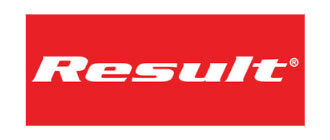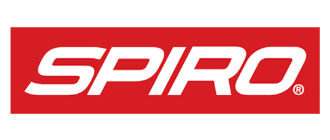SUBLIMATION DEFINITION
Sublimation’ is defined as turning a solid into a gas and back into a solid without any liquid stage. … This combination causes the inks to be converted from a solid to a gaseous state enabling them to penetrate the surface so that a permanent, full colour image is formed.
WHAT DOES SUBLIMATION MEAN?
When we describe a product as sublimated, we are referring to a process by which dyes are applied to a fabric. The dye-sublimation printing process uses heat to transfer dye onto the fabric and because the dyes bond very well with polyester it is possible to print bright, well-defined images.
Logos, names and numbers can be printed onto the product at the same time, which means there is no additional cost for these customisations.
HOW DOES SUBLIMATION WORK?
This involves the use of a digital printer to produce images on sublimation transfer paper with sublimation ink. The sublimation paper is then placed into a heat press with the material and exposed to high temperatures of about 350 to 400 degrees Fahrenheit. This is when the ink and transfer material turn from solid to gas. Once they are in a gas state, they permeate the fibers of the material.
When the heat is removed from the transfer paper and substrate, the ink that has permeated the fibers solidifies and is locked permanently into place by the transfer material. Not only does the heat release the gas from the sublimation ink, but it opens the pores of the material you are transferring the image to. Once the pressure and heat are released, the sublimation ink returns to its solid state and the fabric pores close, trapping the ink inside.




















